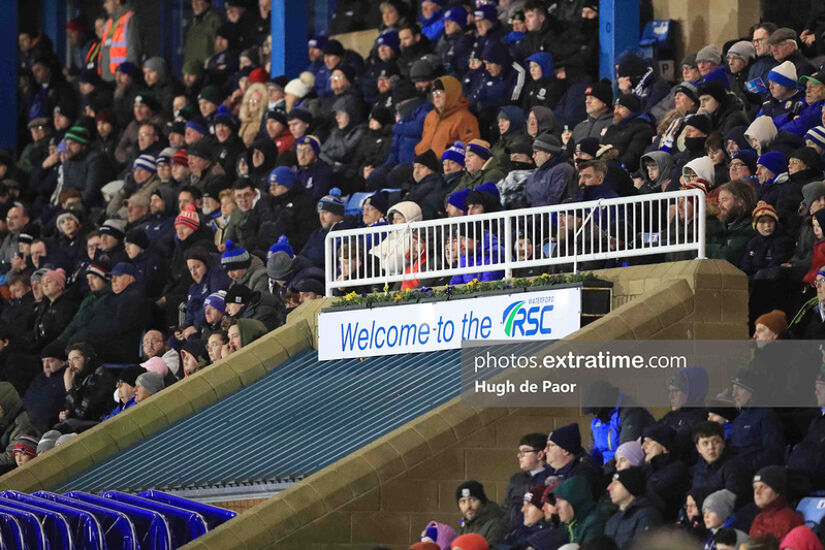LOI Attendances 2024 - The challenges of Monday night football

The crowd in the RSC last Monday Credit: Hugh de Paor (ETPhotos)
Monday night football brings its unique challenges and opportunities.
As the league continues to navigate the intricacies of scheduling games on this non-traditional matchday, the focus is on minimising impact on attendance.
With the first round of Monday fixtures now complete, we delve into the ongoing debate: How does playing on a Monday effect support?
Monday night football has always divided opinion but in order to play out the season within the current time frames, they are a necessity.
So, if they are a must, what is the best strategy to deploy when scheduling fixtures?
Opting for high-draw matches, such as a Shamrock Rovers versus Bohemians Dublin derby, which attracts crowds irrespective of the day, could be one approach.
Alternatively, giving teams that usually attract smaller crowds the advantage of playing at home on Mondays could minimise impact on attendance numbers.
Another strategy might involve scheduling matches that require the visiting team to travel long distances, under the assumption that these are the fixtures away fans are least likely to attend, regardless of the day of the week.
The inaugural Monday night fixtures of the 2024 League of Ireland season kicked off this week, with the league's schedulers seemingly opting for the last approach discussed.
Apart from the relatively short journey of 51.9km for the Drogheda United versus Bohemians match, the distances for the remaining four fixtures span from 161km to 252km.
The most extensive trek involved Derry City making their way to Shamrock Rovers, a journey that would entail at least a six-hour round trip. This lengthy travel makes for a less appealing Monday evening outing for fans.
Drogheda United's season opener at home against Waterford attracted 2,059 fans. Last Monday, Bohemians' visit saw a slight dip in attendance to 2,047, closely aligning with their 2023 visits, which drew 2,175 and 1,951 spectators, respectively.
Although, it must be noted that the Gypsies had no fans in attendance as they served a ban following a pyrotechnics incident at Richmond Park last month.
In Oriel Park, Dundalk faced a tough loss against Sligo Rovers before an audience of 1,663, a significant drop from the nearly double attendance of their previous home game against Galway United and also below the attendance figures from Sligo Rovers' visits last season.
Waterford's win over St Patrick’s Athletic was witnessed by 3,076 fans, a decrease from their opening Friday night crowd of 4,390 for Shelbourne's visit.
The televised match between Shamrock Rovers and Derry City saw 4,883 attendees, marking a 2,727 reduction from their season's first game at Tallaght.
League leaders Shelbourne hosted Galway United with 3,773 fans at Tolka Park.
That figure was slightly less than a thousand below their initial home attendance of 4,755 for the Shamrock Rovers game.
This Monday night, the League of Ireland saw a total of 15,442 fans across the fixtures, averaging 3,088 spectators per match.
The previous game week experienced disruptions due to weather, leading to postponements and a split of six games across both divisions, drawing a total of 14,597 fans, with the Premier Division averaging an attendance of 3,037.
What conclusions can we draw from these numbers?
While it's challenging to make definitive judgments based solely on these early-season figures, one trend seems clear: Monday games tend to attract smaller crowds compared to the traditional Friday fixtures.
It's premature to attribute any decline in attendance to team performance at this stage of the season, especially with only one other home game for comparison.
However, it is noteworthy that attendance at all of Monday's games has decreased – even if they weather was far from ideal.

